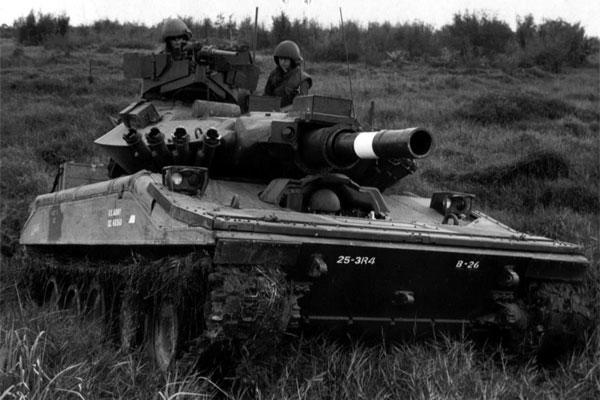FORT LAUDERDALE, Fla. -- Airborne units may one day have tank-like firepower they can jump with on future forced-entry operations.
U.S. Army requirements officials at Fort Benning, Ga., are in discussions with the XVIII Airborne Corps at Fort Bragg, N.C., to develop "mobile protected firepower for light airborne infantry," Col. Rocky Kmiecik, director of the Mounted Requirements Division at the Army's Maneuver Center of Excellence, said Thursday at AUSA's winter meeting.
Army leaders at Training and Doctrine Command are working on a Joint-entry Operations Concept that involves using the airborne community's forced-entry capabilities to thwart future enemy forces from using area-denial tactics against U.S. military forces, said TRADOC Commander Gen. Robert Cone Wednesday.
Parachute infantry battalions can be used to seize airfields as an entry point for heavier follow-on forces. Airborne forces, however, lack the staying power of Stryker and mechanized infantry.
The 82nd Airborne Division was equipped with the M551 Sheridan Armored Reconnaissance Airborne Assault Vehicle until the mid 1990s. Developed during the Vietnam War, the Sheridan resembled a light tank and featured a 152mm main gun capable of firing standard ammunition or the MGM-51 Shillelagh antitank missile.
The Sheridan was used in the Invasion of Panama in 1989 and Operation Desert Shield/Storm in 1991, but it was considered ineffective since its lightweight, aluminum armor was thin enough to be pierced by heavy machine-gun rounds, and the vehicle was particularly vulnerable to mines.
"There is a recognition, since the Sheridan went away, that airborne forces have a capability gap of mobile protected firepower," Kmiecik said.
As a potential solution, Army officials are considering the Stryker Mobile Gun System (MGS).
Army Stryker Brigade Combat Teams began deploying to Iraq with the MGS in 2007. It's is armed with a stabilized 105mm cannon that can shoot on the move and destroy hardened targets out to 3,000 meters.
The MGS can carry up to 18 rounds of ammunition and is capable of firing six rounds per minute. It carries anti-tank rounds, but it is mainly designed to engage bunker-style targets.
"We don't know whether or not the MGS can meet what the light forces need," Kmiecik said. "We don't know the answers yet whether we have one solution that supports both IBCT and the SBCT, or whether it is going to be two separate solutions."
It's unlikely that the effort will take off in the near future given the Pentagon's uncertain financial future, he said. For right now, requirements officials are drafting the concept for senior leaders to consider.































